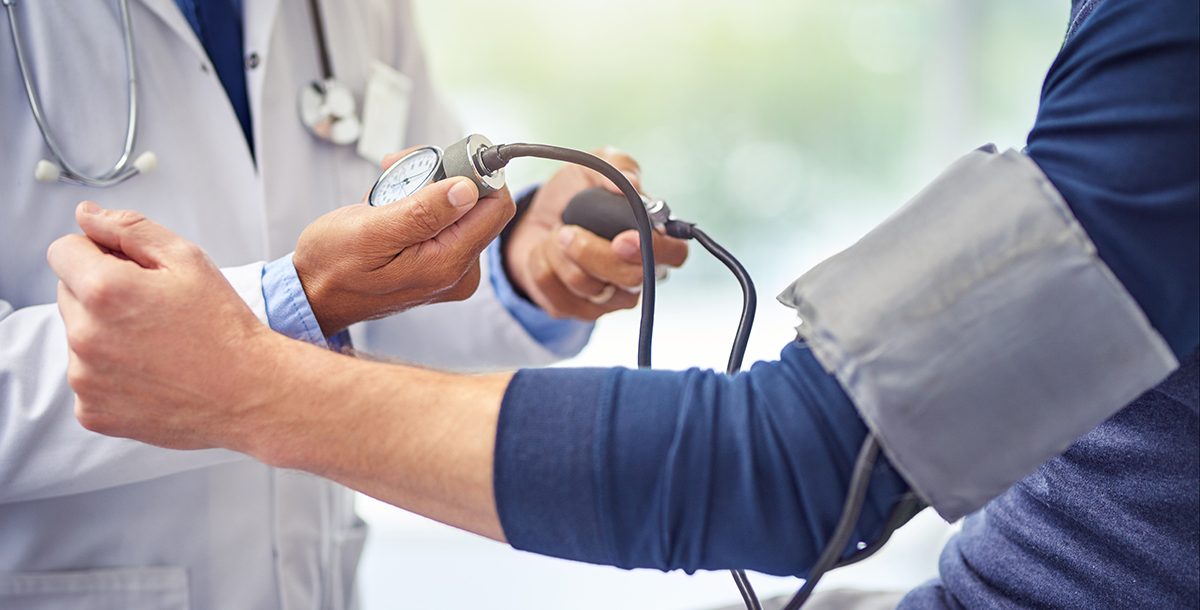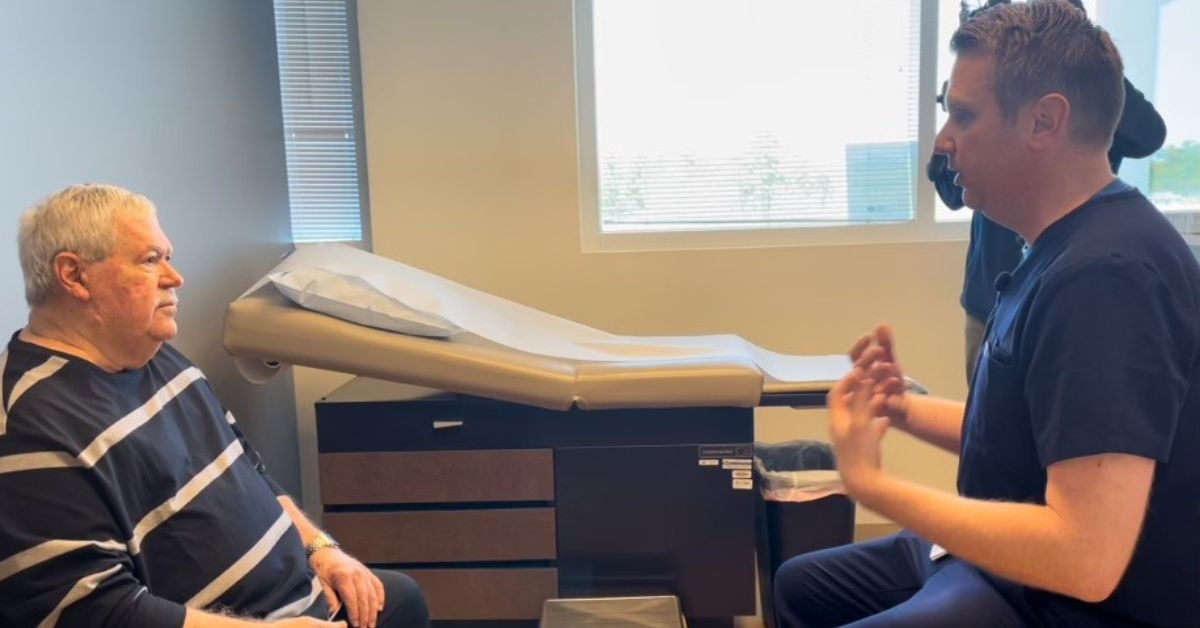According to the American Heart Association, more than half of Americans have high blood pressure. However, many don’t realize it.
Caroline Kissam, a nurse practitioner and manager of cardiology research at Bon Secours Upstate Cardiology, has been conducting studies about cardiology since 2000. During this time, she has listed several factors that can contribute to having high blood pressure, also known as hypertension.
“Genetics plays a really big factor, but also diet and stress,” Caroline shares. “Being overweight can cause that and a diet high in sodium is also a contributor. Kidney disease as well can be a factor, and sometimes medications you’re on can cause higher blood pressure.”
She recommends, if you’re at risk, to check your blood pressure at home or at your doctor’s office every six months. Caroline also says to watch for warning signs, even though they can be difficult to detect.
“Hypertension is known as the silent killer because they’re not things you really pay attention to,” she shares. “If you have chronic headaches that you can’t really attribute to anything else, that’s a sign as well as dizziness and fatigue.”
In 2017, the American College of Cardiology refined its guidelines for blood pressure in adults to the following:
- Normal: Less than 120/80 mm Hg
- Elevated: Systolic between 120-129 and diastolic less than 80
- Hypertension Stage 1: Systolic between 130-139 or diastolic between 80-89
- Hypertension Stage 2: Systolic at least 140 or diastolic at least 90 mm Hg
Additionally, the Centers for Disease Control and Prevention (CDC) reports that high blood pressure increases the risk of heart disease and stroke.
“Hypertension does not just affect one part of your body,” Caroline adds. “Your blood vessels run through the body, so they affect every organ system. If you have prolonged high blood pressure, it damages the arterial wall.”
She continues, “in the brain, that manifests itself with memory issues over time … it can cause you to have an aneurysm in your brain. It can cause damage to arteries in your heart and cause you to develop cardiovascular disease that could cause problems down the line … it can also cause peripheral damage in your legs and extremities.”
Caroline recommends making diet and lifestyle changes to lower you blood pressure.
“Stop smoking, decrease your caffeine intake and decrease fat and sodium in your diet. Try to lose some weight and exercise daily. We recommend 30 to 60 minutes of exercise at least five days a week.”
Avoiding foods that are high in sodium, such as canned foods or fatty meats, helps improve your diet. Increasing your vegetable and fruit intake and limiting how many meals you order from restaurants can also decrease your risk.
“Restaurants put a lot of salt in their foods,” Caroline explains. “If you decrease your sodium levels, that decreases the amount of circulating blood volume, because water follows salt. You just retain more fluid when you have a high salt diet.”
If you have been diagnosed with hypertension, it is recommended to check your levels every three to six months.
“It’s good to take your blood pressure before your medication and then maybe take it a few hours later so you can know what your baseline is,” Caroline suggests.
February is American Heart Month. Learn more about the cardiology services we offer at Bon Secours.





